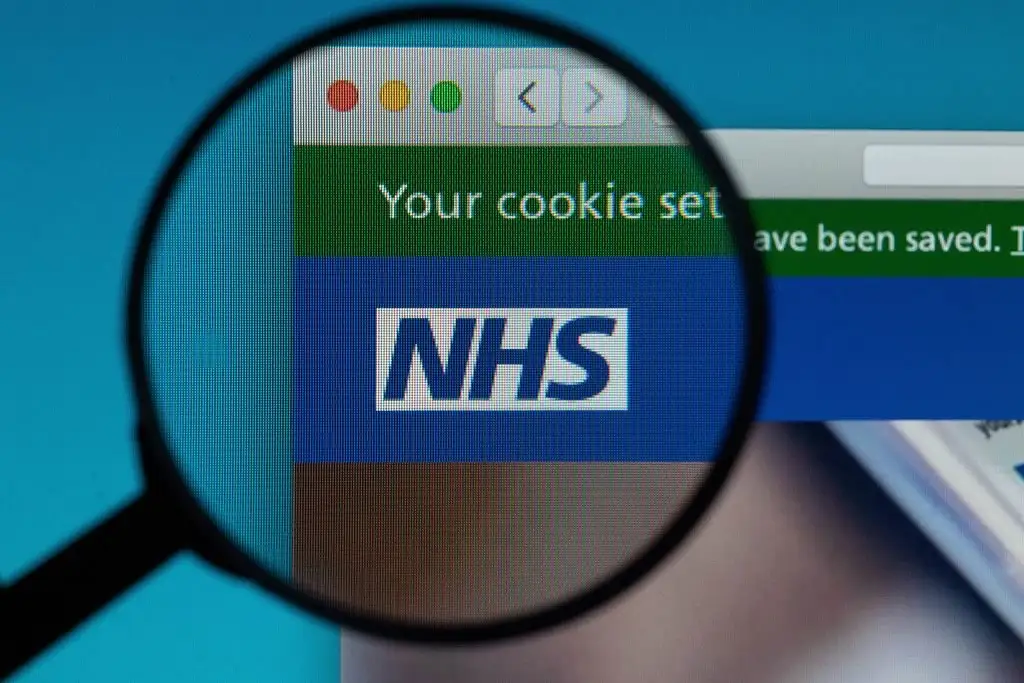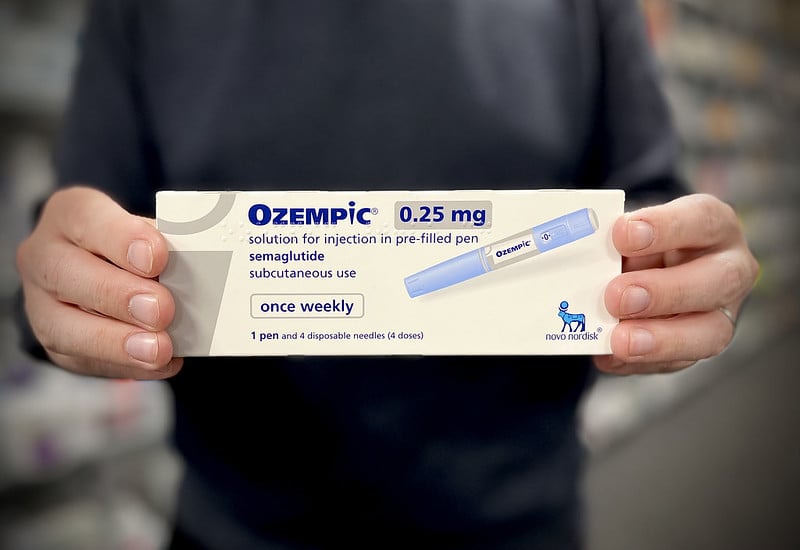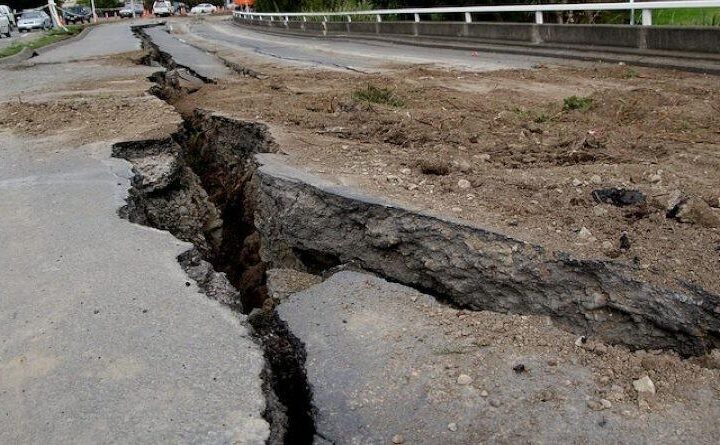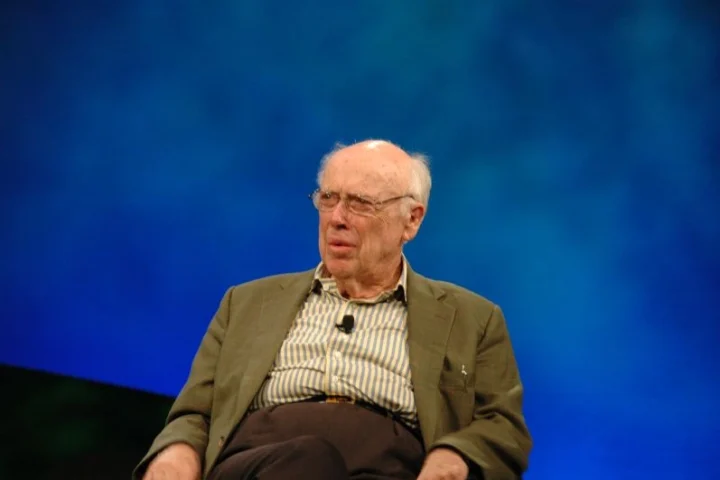The NHS is swapping paper letters for digital messages through its app. Patients will now receive appointment reminders, screening invitations, and test results directly on their phones instead of waiting weeks for letters in the mail.
Until now, the NHS has relied heavily on postal mail, sending at least 50 million letters to patients every year. This traditional system has led to delays, with letters sometimes arriving after appointments, and contributed to missed appointments.
The £50 million investment in the app aims to save £200 million over three years by cutting costs on printing, postage, and staff time spent on paperwork.
“People are living increasingly busy lives and want to access information about their health at the touch of a button, rather than having to wait weeks for letters that often arrive too late,” said Health Secretary Wes Streeting.
The app will help tackle the problem of missed appointments. Last year, patients missed about eight million elective care appointments, and nearly one in three people missed screening appointments. Push notifications sent directly to phones will remind patients of upcoming visits.
Similar Posts
For patients without smartphones, especially older people, the NHS will send text messages first, then letters as a last resort. This approach will free up phone lines for those who need to speak with staff.
More than 11 million people already use the NHS App each month. Future improvements will let patients add appointments to their phone calendars, track prescriptions like Amazon packages, and request help from local GP surgeries.
The app will also give patients more control over their healthcare. They’ll be able to make informed decisions about their care with quick access to test results and health records.

Rachel Power from the Patients‘ Association welcomed the change, calling it “a significant step in modernising how patients receive information.”
However, Prof Phil Banfield from the British Medical Association warned that elderly and vulnerable patients must not be “forgotten and left behind” in this digital shift.


















